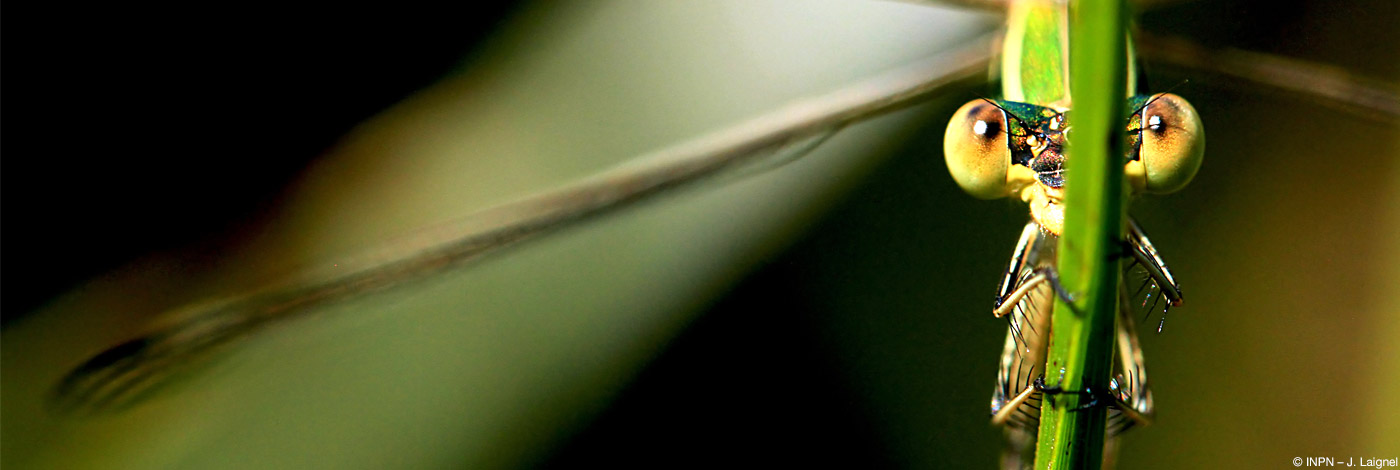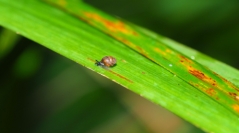

 Naturae
2021 (10) - Pages 137-145
Naturae
2021 (10) - Pages 137-145The inventory of natural areas of ecological, faunistic and floristic interest (abbreviated by the acronym ZNIEFF) aims to identify and describe areas with high ecological value, based on the presence of trigger species (named “determinant species”) listed at the regional level. The mixed unit UMS PatriNat (OFB-CNRS-MNHN) mobilized the occurrence data of trigger species from the National Inventory of Natural Heritage (INPN) and the ZNIEFF inventory in order to evaluate the level of knowledge in existing ZNIEFF. This makes it possible to assess the level of consistency and completeness of the ZNIEFF inventory and identify, by their assembly in trigger species, the sectors with high biological value which are not yet taken into account by the current ZNIEFF network. In this study, the process of analysis, from the elaboration of the list of trigger species to the location of ZNIEFF in relation to biodiversity hotspots, is illustrated by the example of continental molluscs in the Pays de la Loire region. These results highlight knowledge gaps for these species that would require improving either the mobilization and sharing of data or the completion of new surveys. The improvement of knowledge is a prerequisite for a virtuous circle process that would allow the localisation of new areas of ecological interest, at both the regional and national levels. This will also update the list of trigger species used as a basis for a new diagnosis.